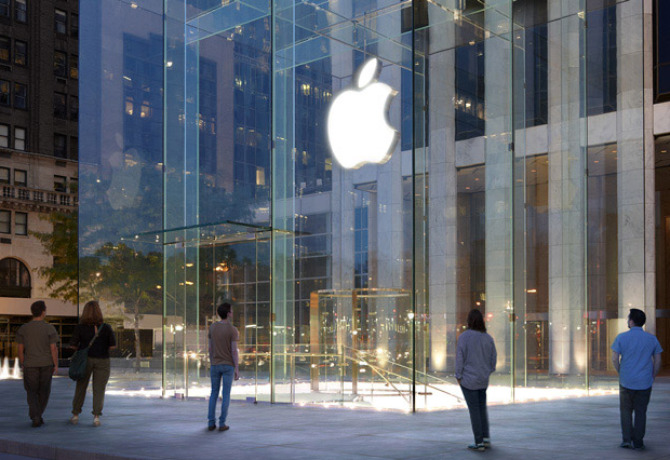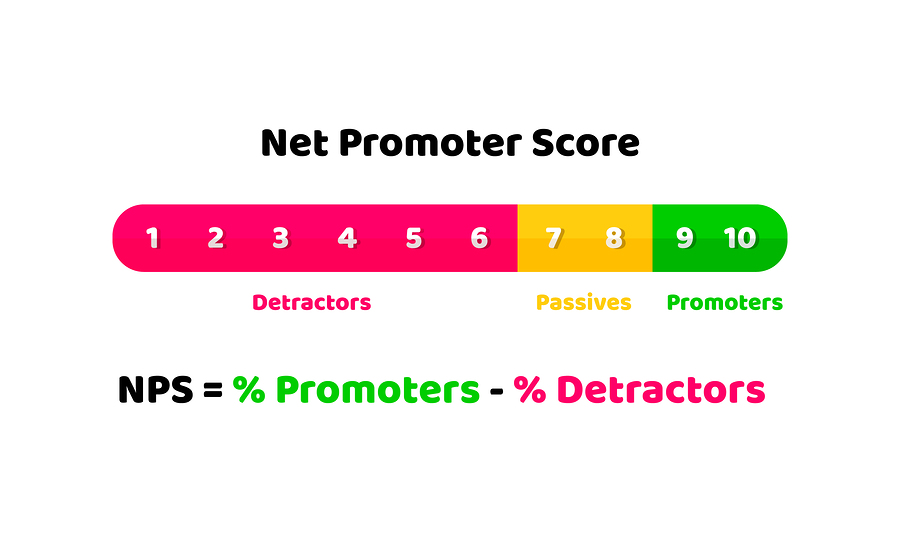Marketing Guides
Strategic Planning
How to Build Brand Loyalty
Suggest to an iPhone user that she buy a Samsung when it’s time for her next phone upgrade and chances are, she’ll say, “no way!” Ask a Harley Davidson rider if he’d consider riding a Honda instead, and you may not want to hear his response. Bring Pepsi to the company picnic where everyone is a Coca-Cola drinker and you could have a revolt on your hands.
These aren’t only examples of dedicated customers, this is brand loyalty in action, and it’s the holy grail of brand marketing. Brand loyalty is when a customer chooses to buy one brand of products or services over and over, excluding the competition. Apple is notorious for this type of loyalty from its customers; 78% of iPhone users can’t imagine having another brand of phone and 59% won’t even research other phones before upgrading.

Brand Loyalty vs. Customer Loyalty
When customers are loyal to a brand, asking them to switch brands is like suggesting that a New York Yankees fan cheer for the Boston Red Sox. Brand loyalty represents an emotional connection that turns customers into dedicated fans. This kind of emotional connection doesn’t happen by chance. Companies create brand loyalty through a deep understanding of their customers’ priorities and buying behavior, and by aligning what they stand for with what their customers care about. Effective brands have a strong creative identity that their customers relate to, and this identity remains consistent over time.
Brand loyalty is not the same thing as customer loyalty, which is usually associated with customer rewards programs, free offers, coupons, sales, rebates, and other incentives. Customer loyalty programs aim to keep buyers coming back for more with a steady stream of perks. While the distinction between brand loyalty and customer loyalty may seem subtle, the difference is significant. Whereas customers with brand loyalty have an emotional connection to the brand that extends beyond price, buyers who fit into the customer loyalty category usually won’t hesitate to check out the competition if prices go up or the special deals stop being so special.
Effects of Brand Loyalty on Customer Retention and Sales
While all businesses would obviously like to win customer fans for life, brand loyalty isn’t just a “nice to have.” The cost of acquiring a new customer is five to seven times higher than the cost of retaining an existing customer. And according to a 2019 brand loyalty survey, customers are 27% more likely to try multiple products and services from their favorite brands. The long-term financial benefits of customer retention and repeat purchases make brand loyalty a “need to have” for every successful business.
In addition, brand loyalty leads to, well, more brand loyalty. More than half of customers recommend products and services from their favorite brands to other people. This is an important factor to consider since customers who have been referred by someone they know have a 25% higher average lifetime value compared to other customers—probably because they’re more likely to develop brand loyalty as well. According to a study from the Wharton School of Business, referred customers end up being 16% to 24% more loyal than non-referred customers.

Net Promoter Score, or NPS, is a good way to measure brand loyalty. NPS is related to customer retention and revenue growth, and some of world’s most valuable brands have a high NPS.
7 Steps to Build Brand Loyalty
Developing brand loyalty is the pinnacle of most marketer’s strategic goals, but how do you win these dedicated customer fans for life? Brand loyalty doesn’t just happen by chance or even occur because your service or product is superior. Brands build loyalty methodically, and these seven steps are the best place to start.
1. Create Your Brand Strategy
Every successful brand has a strategy, which is different from a marketing plan. Your brand strategy defines what you stand for, and while it includes your creative elements, it also details the promise that you make and the personality you convey in the mind of your prospects and customers. Your brand strategy brings your competitive positioning to life and is a critical step toward building brand loyalty.
2. Conduct a Brand Audit
If you know what your brand should stand for, how well do your existing messaging, campaigns, and creative elements represent it? What does your market think your brand stands for? By conducting a brand audit, you can determine all of your brand touch points, collect market feedback, discover your brand’s gap analysis, and create your brand update schedule.
3. Define Your Brand Personality
Your brand is more than your logo, name, or slogan — it’s the entire experience your prospects and customers have with your company, product, or service. Think of your brand as a person with a distinct personality. To define your brand personality, describe him or her, and then convey these brand personality traits in everything you do and create.
4. Develop Your Brand Story
Your brand story can have a powerful influence on the brand experience. This is not ad copy or boring facts; it’s a powerful element of your brand strategy. Memorable brand stories tell the unexpected, challenge you, and strike an emotional chord. They convey your personality, share what you stand for, set expectations, and communicate your values.
5. Review Your Brand Name
Your brand name plays a critical role in your brand strategy; it’s what triggers the thoughts and emotions of your buyer. Selecting a great brand name can be a challenging exercise, and even if you already have a name, it’s one that’s worth revisiting. Make sure you’ve considered all of the options and ultimately choose the best name you can – there’s a lot at stake.
6. Determine Your Customer Retention Strategy
Your customer retention strategy is about keeping the customers you’ve invested in to acquire, and it’s likely to deliver the highest marketing ROI of all your marketing programs. If you’re in an industry where your customers make multiple purchases over the years, it will be much easier to grow your revenue and profitability if your team is focused on retaining those customers.
7. Craft Your Brand Architecture
The key to your entire brand strategy is your brand architecture. Your brand architecture sets the foundation for all of the other components of your brand and combines them into a single unified structure. Brands play on our emotions, so your brand architecture should uncover the specific emotions around which you want to build your brand.
Marketing MO’s expertise in data-driven brand science gives us unique insights into how successful brands generate emotional connections with their customers to create true and lasting brand loyalty. Our comprehensive brand strategy toolkit provides the framework and guidance to design a comprehensive brand loyalty strategy for any type of brand, in any market, anywhere in the world.
It’s a powerful framework for building a brand from scratch, rebranding a company or product, or becoming a brand strategist.
***

Jim Sagar is the co-founder of Qlutch Marketing, Inc. – creator of the Brand Strategy Toolkit and CEO of Rehinged where his team leverages artificial intelligence for marketing and sales teams.
A Comprehensive Brand Strategy Toolkit
Everything You Need for Your Brand Strategy Project